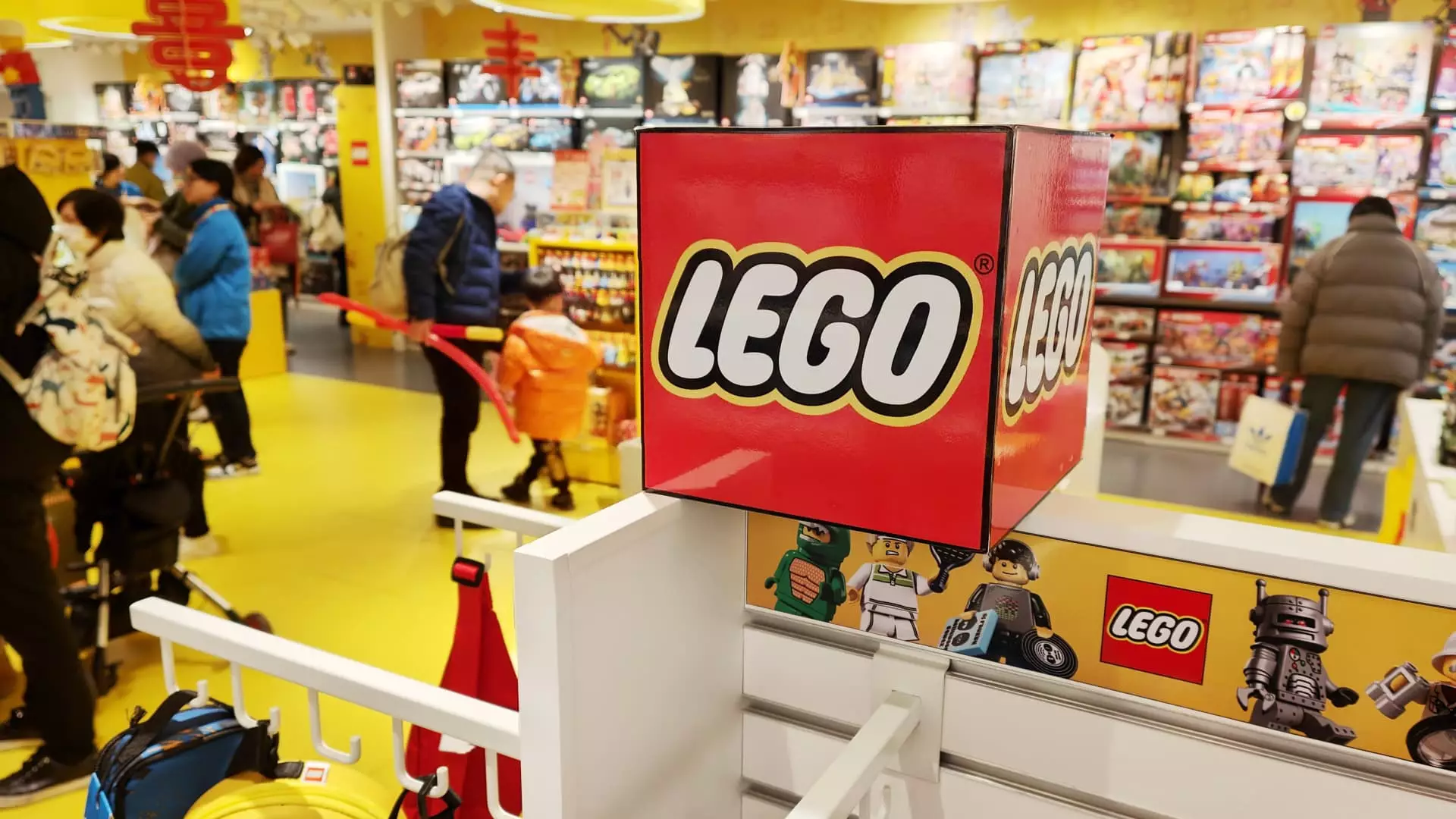In the face of an inflation-fueled sales slump in the toy industry, Lego has managed to defy the odds and experience a significant growth in revenue. During the first six months of 2024, Lego reported a 13% jump in revenue, reaching 31 billion Danish krone, equivalent to approximately $4.65 billion. This growth is a testament to the company’s resilience and ability to adapt to changing market conditions.
According to CEO Niels Christiansen, Lego has seen strength across its portfolio, particularly with products such as Lego Icons and Lego Creator, as well as through its partnership with Epic Games’ Fortnite. Unlike its competitors who have witnessed a decline in sales, Lego has managed to maintain growth primarily driven by an increase in volume sales. This indicates that consumers are still willing to invest in quality products even in challenging economic times.
One key factor contributing to Lego’s success is its diverse slate of products that cater to both children and adults. In addition to sets based on popular franchises like Harry Potter and Star Wars, Lego offers innovative design options such as flowers, succulents, famous works of art, and animals. This diverse range of products appeals to a broad customer base and ensures that Lego remains relevant and appealing in a competitive market.
While sales in China may be experiencing a plateau, Lego remains committed to its expansion efforts in the region. With a focus on sustainability and long-term growth potential, the company has opened a significant number of stores in China and plans to continue expanding its presence in the country. This strategic approach highlights Lego’s commitment to global market development and its recognition of the importance of emerging economies in shaping the future of the toy industry.
Lego has also made significant strides in its sustainability efforts, nearly doubling the amount of renewable and recyclable materials used in its bricks compared to the previous year. Despite the increased costs associated with sustainable materials, Lego has absorbed these expenses without passing them on to consumers. This commitment to sustainability not only reflects Lego’s values but also sets a positive example for the industry as a whole. By incentivizing suppliers to develop more sustainable products, Lego is driving positive change and setting a new standard for environmental responsibility.
Looking ahead, Lego aims to source half of its raw materials from sustainable sources over the next few years. This long-term commitment to sustainability, coupled with its innovative product offerings and global expansion strategy, positions Lego for continued success and growth in an ever-evolving market. Despite challenges facing the toy industry, Lego’s ability to adapt, innovate, and prioritize sustainability sets it apart as a leader in the industry.


Leave a Reply